May 20, 2025 | 21:13 GMT +7
May 20, 2025 | 21:13 GMT +7
Hotline: 0913.378.918
May 20, 2025 | 21:13 GMT +7
Hotline: 0913.378.918
Fishermen in the coastal city of Hai Phong still prefer traditional methods to preserve fishery products on offshore fishing vessels such as freezing, freezing, drying, using salt or preserving with salt and ice for many different reasons.
Such methods hardly ensure food safey requirement or maintain the quality of fishery products as vessels usually spend months at sea.
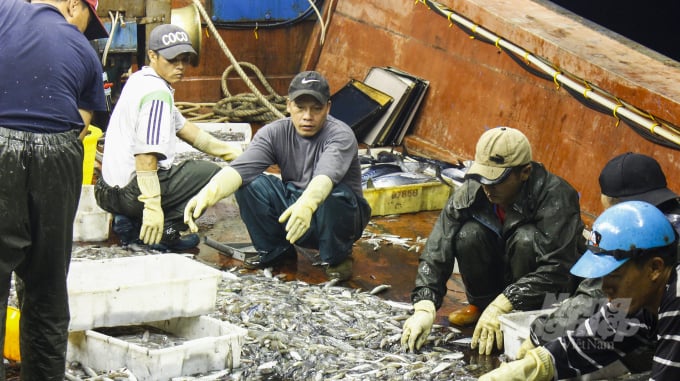
Preserving aquatic products at an offshore fishing boat of Lap Le fisherman, Thuy Nguyen district. Photo: Dinh Muoi.
Dinh Van Trung, an owner of an offshore fishing boat in Lap Le commune, Thuy Nguyen district, Hai Phong city, said that in addition to efficiency in fishing, seafood preservation was one of the problems that fishermen worry about most.
Normally, seafood is only preserved for about 10 days, while the duration of a voyage of offshore fishing vessels is longer.
"Customers are now more and more demanding. So we care much more about the post-harvest preservation issue. However, we hardly find any optimal solution," he said.
Dr. Nguyen Xuan Thi Seafood Research Institute, using ice storage method, fishermen did not cool down the seafood immediately.
Fishermen will lose a large amount of heat to lower the fish temperature during storage because the cellar does not have an indoor cooling system, the ice melts quickly, the temperature in the cellar usually only reaches 3-5°C, while required to be maintained at 0°C.
With the traditional preservation method, the quality of seafood is only guaranteed during the preservation period of only about 10 days, while the duration of a trip of a fishing trip is from 20-25 days.
“Due to ice preservation, the post-harvest loss of offshore fishing vessels is very large, estimated loss of quality from 17-48 per cent”, said Thi.

Losses due to improper preservation of aquatic products are huge. Photo: Dinh Muoi.
To help fishermen solve this problem, a research team has come up with a solution applying refrigeration technology that combines cold soak and cold infiltration to build a technological process for preserving seafood on offshore fishing vessels.
Nguyen Xuan Thi, a member of the team said that with this study, three new contents were introduced in the preservation of seafood for offshore fishing vessels, including: cooling stage, the preservation stage in the cellar (cold permeation) and the convenient operation.
During the cooling down stage, the seafood after being placed in the tray is soaked to cool down quickly (cold soak) in circulating cold sea water, temperature -2°C for 30-40 minutes, for the purpose control microbial growth as soon as possible.
In the storage stage in the cellar, the seafood after cooling down is taken to the storage cellar which is renovated and equipped with an indoor cooling system maintaining a temperature of -1°C.
The automatic mode of the cold storage device system will be placed on the cockpit to make the operation more convenient.
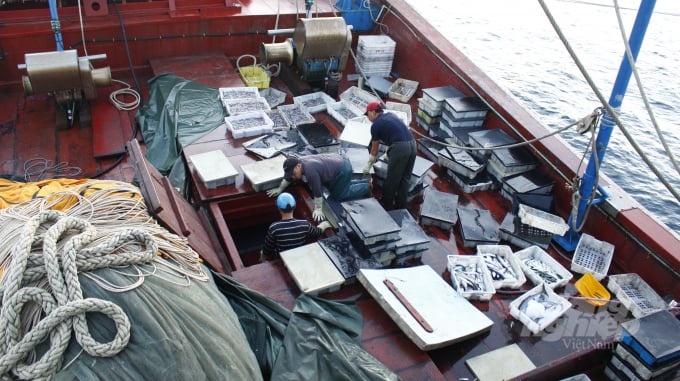
Refrigeration technology combines cold soak and cold permeation to develop a technological process for preserving seafood on offshore fishing vessels. Photo: Dinh Muoi.
According to Thi, after being applied into practice, the system of equipment operates automatically, stably and efficiently. The amount of ice used for preservation decreased by 55-60 per cent compared to the amount of ice that traditional method required.
Besides, the preservation time of seafood is 25 days, the product quality increases by over 30 per cent compared to the process of preserving with ice.
Therefore, organoleptic and biochemical quality are all within food safety limits, reducing the loss in quantity from 3.25 to 3.37 per cent compared to the ice preservation process, helping to increase revenue to 15.7-19.3 per cent.
The results of the research project are the basis for gradually reducing post-harvest losses according to the Government's Resolution 48, and at the same time implementing restructuring the fisheries industry towards increasing added value and sustainable development. steady.
“The process of preserving seafood on offshore vessels using cold technology is suitable for production conditions and qualifications of Vietnamese fishermen. The results of the project will help offshore vessels to operate offshore for a longer time at sea and actively contribute to the protection of the territorial integrity of the country's seas and islands,"said Thi.
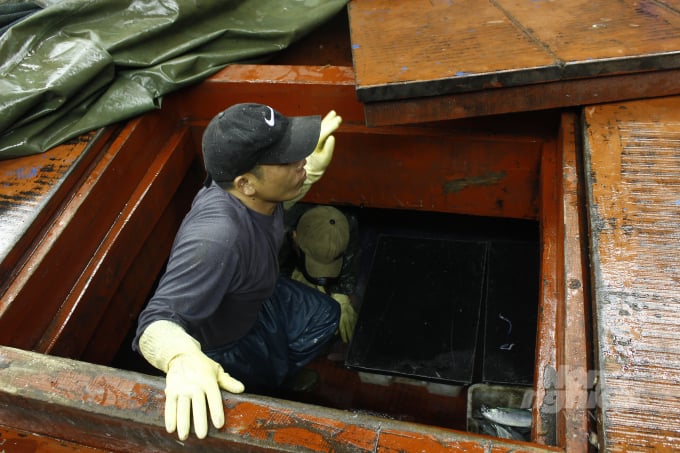
The cooling technology that combines cold immersion and cold permeation to preserve seafood has 7 steps, helping to save ice and ensure food hygiene and safety. Photo: Dinh Muoi.
It is known that this technology has now been applied by many fishermen on a number of offshore vessels, which is the basis for applying preservation technology on offshore trawlers with a capacity of > 400CV in the whole country, which help improve the operational efficiency, reduce post-harvest losses, and contribute to the modernization and development of Vietnam's offshore fishing fleet.
The process of applying refrigeration technology combining cold soak and cold infiltration to preserve fish caught offshore has 7 steps, including: bringing seafood on board, preliminary process, classification, washing, soaking and cooling down, preserving aquatic products, transporting and loading goods at fishing wharfs and fishing ports.
According to the research team, before bringing seafood on board the ship, it is necessary to clean the deck, put a thin rubber pad on the deck to avoid the infection of microorganisms, then, hoist the fish onto the deck.
Seafood, after being brought to the deck, is cleaned with sea water and then cover the seafood with a layer of crushed stone 5-10cm thick to lower the temperature and always keep seafood at low temperature during processing.
To make this technology possible, the refrigeration system must be operated first to lower the seawater temperature in the cooler from normal to -1°C.
Aquatic products, after being washed, are placed in trays of 10-12kg. For large fish, they are slanted and turned head and tail, then covered with plastic bags to cover the tray surface and place the trays in a cooling bin vertically so that the seafood tray is submerged in cold seawater solution and cool down for 20-30 minutes. The seafood reaches a temperature of -1°C, then transfer to the storage cellar.
After each cooling down soak, clean the soaking tank and replace with clean sea water and then lower the sea water temperature to -1°C to cool down the next batch of seafood.
The refrigeration system is operated about 1 hour in advance to lower the air temperature in the cellar to -1°C, the bottom of the cellar is covered with a layer of ice. The seafood trays are transported quickly from the cooling box to the storage cellar, the trays are arranged in the cellar in horizontal rows, spread a layer of ice on the tray 3-5cm thick.
Fishermen should note that the cellar temperature is always kept at -1°C during storage. Rhe cellar must be checked daily to detect problems and handle them promptly.
Translated by Hien Anh
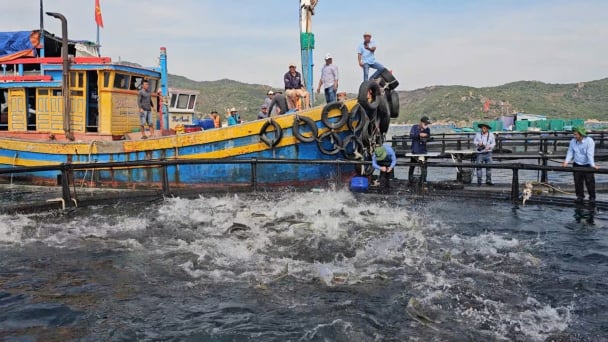
(VAN) Khanh Hoa is investing over 545 billion VND to develop 240 hectares of high-tech marine aquaculture in order to guarantee a consistent supply of seafood exports and achieve the USD 1 billion target.
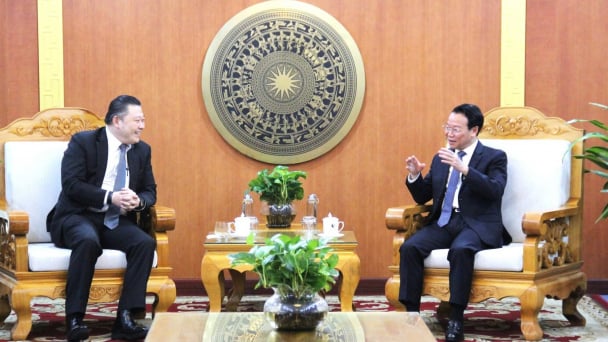
(VAN) Minister of Agriculture and Environment Do Duc Duy held a meeting with Soopakij Chearavanont, Chairman of C.P. Group, on May 15.
/2025/05/16/3800-0-nongnghiep-143756.jpg)
(VAN) Suntory PepsiCo Vietnam coordinated with the Ministry of Education and Training to implement an education program on water conservation, reaching nearly 1 million primary school students nationwide.

(VAN) Vietnam’s TH Group officially put its high-tech fresh milk processing plant into operation in the Russian Federation, marking a historic moment as the first TH true MILK cartons were produced in Russia.
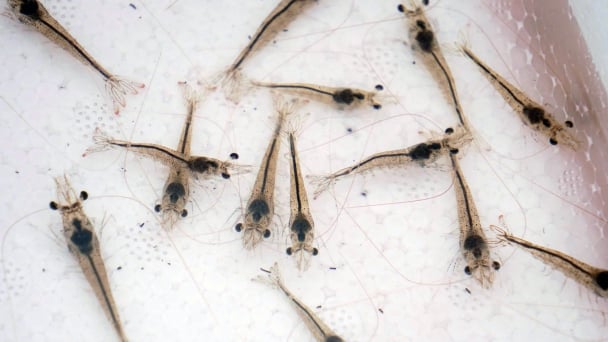
(VAN) Use of high-quality broodstock and biotechnology is regarded as the most effective approach to ensuring sustainable and economically viable shrimp aquaculture ahead of climate change and the emergence of increasingly intricate disease patterns.
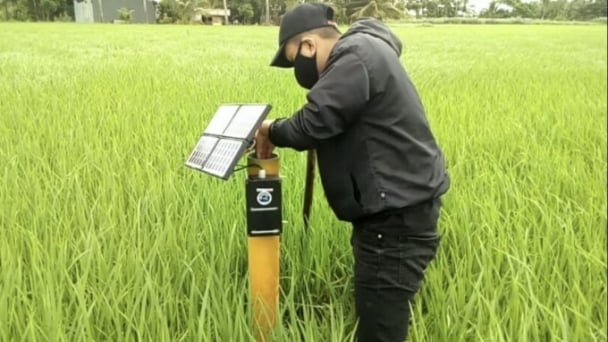
(VAN) Carbon farming is a form of agricultural practices that helps absorb more greenhouse gases than it emits, through smart management of soil, crops, and livestock.
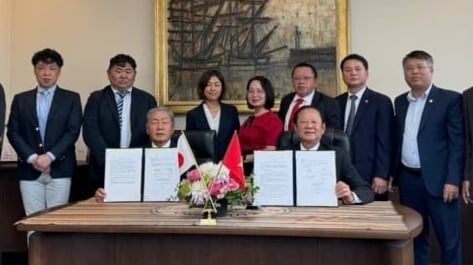
(VAN) This is a key content of the Memorandum of Understanding recently signed between the Vietnam Fisheries Society and Kunihiro Inc of Japan.